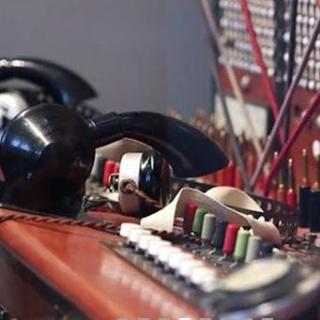
介绍:
London's Science Museum has a new exhibit which takes visitors on a voyage of discovery through two-hundred years of communication and technological evolution.
CRI's Li Peichun has the story.
Among the exhibits, visitors can find a wooden contraption which is an aerial tuning inductor. It was once the height of technological innovation.
There are also some enormous coils which were part of Rugby Radio Station's powerful transmitter used in the 1940s, allowing them to send signals to the British Empire.
Tilly Blyth, the exhibition's lead curator says this exhibition looks at the last two-hundred years of information and communication technology.
"So, for us it was really important to invite our visitors to think beyond the devices that they're so familiar with - their TVs, their mobile phones, their computers - and actually think; 'Well, how did we get here? What are all the different transformations that have happened and what's the infrastructure that makes all of this possible?"
Among the 800 or more objects on show are six distinct sections which deal with areas such as broadcasting, the internet and telephone communication.
The exhibition begins with the first transatlantic cable laid by the Victorians in 1858 that connected Europe and North America.
From that point on, inventors created a range of technology which allowed mankind to communicate in different ways.
On show, there's this original Marconi radio transmitter used by the BBC to make the first public broadcast in 1922.
There's also a section of a manual telephone exchange switchboard used in 1925 in north London.
Fast-forwarding over 70 years, visitors will find the computer used by British computer scientist Tim Berners-Lee.
Blyth explains:
"This is an NeXT computer, it was at CERN in 1990 and Sir Tim actually sat there and designed the World Wide Web and launched the first web page from this computer."
It was Berners-Lee's innovation that set the human race onto another stage of communication development.
The exhibition also features a collection of modern smart phone designs and a Google Street View tricycle.
Tilly Blyth says:
"We've come an incredible way in just 200 years, but I think it also shows we're living through this moment of innovation now, we're constantly told this is an incredible period of change but actually these transformations have been happening over a whole 200 year-period."
'Information Age: Six Networks That Changed Our World' opens at the Science Museum in London on 25 October 2014.
For CRI,I'm Li Peichun.
大家还在听

